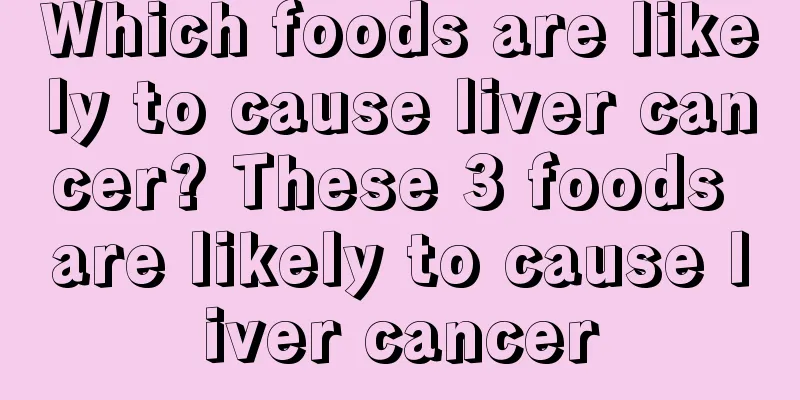When you tighten your chin, white particles will appear

|
Some people have oily skin, so there is always too much garbage on their face that is blocked by oil and grows in the pores. This will cause a lot of acne on the face. Some people don’t have many pimples on their faces, but they will find that if they tighten their chin, there will be a lot of white particles. These particles may be fat particles that grow in the pores of the skin. Let’s take a look at what’s going on. 1. Milia: It is a retention cyst caused by epithelial hyperplasia of the epidermis or skin appendages. Typical skin lesions are yellow-white, firm spherical papules with a smooth surface, a pointed and rounded top, no fusion, a diameter of 1 to 2 mm, and covered with an extremely thin epidermis, from which firm keratin-like spherical particles can be squeezed out. Generally no symptoms. The skin lesions develop slowly and can last for many years. They may occasionally fall off and disappear naturally. They are commonly seen in areas such as the area around the eyes. 2. Sebaceous gland ectopia: It is a proliferative lesion occurring in the lips, oral mucosa and external genitalia due to physiological variations of the sebaceous glands. It manifests as needle-sized, isolated, yellow-white bumps that are raised above the skin surface, scattered or clustered, and generally without any subjective symptoms. It often occurs on the external genitalia, commonly on the penis and frenulum of boys. This disease does not require treatment. Boys can just tighten the skin around their penis so that they can see clearly. 3. Normal hair follicle sebaceous glands: The secretion of sebaceous glands will be affected by androgens, which can make the size of sebaceous glands larger. Therefore, after puberty, as the secretion of androgen increases, these sebaceous glands will also become larger. So to sum up, the most likely thing is that it is our normal hair follicle sebaceous gland, which just becomes larger under the influence of male hormones. You can call it "fat granule" (there is no such thing as fat granule in medicine), or you can call it small acne, which is essentially the same as acne. How to treat it? If it does not affect the skin, does not cause inflammation, redness, swelling, etc., generally no treatment is required. If it is prone to inflammation and enlargement, and is prone to forming acne, we can apply salicylic acid or retinoic acid to the areas where recurrence is common, to reduce the chance of sebum clogging the hair follicles and the chance of acne formation, so that acne will not form naturally. Also, squeeze less to avoid more inflammation. If it becomes inflammatory acne, apply retinoic acid cream at night and fusidic acid cream during the day. |
<<: What's the matter with acne on the chin and between the eyebrows
>>: Red rash at the base of the legs
Recommend
Are there benign prostate tumors?
Prostate cancer is a disease that everyone feels ...
What are the functions of foot massage cushion
Massage is a good way to treat disease and preven...
What are the symptoms of deep varicose veins?
For those who always watch TV, they must be famil...
How to treat high urine protein, people need to pay attention
Nowadays, people don’t know why they will have va...
Effects of phospholipid vitamin E capsules
Phospholipid vitamin E capsules are health produc...
Is waist lipoma dangerous?
Patients with lipoma generally do not have any ob...
How to effectively remove oil stains from clothes
Oil stains on clothes always make the clothes loo...
Basic knowledge about hamartoma
The importance of internal organs to the human bo...
How to take care of yourself while treating a brain tumor?
The nursing work in the later stage of brain tumo...
How to deal with yellowing walls
Do you often encounter a phenomenon in your life,...
What happens if you drink alcohol when you have herpes zoster
When it comes to shingles, few people may know ab...
What are the methods to inhibit melanin nevus
Many people have large melanin spots on their bod...
Is glioma really hereditary?
Many people think that headaches are minor proble...
What's the matter with the big pimple on my head
People will encounter many diseases in their work...
Why does skin care products cause stinging pain after use?
Makeup is an activity that modern women like very...









